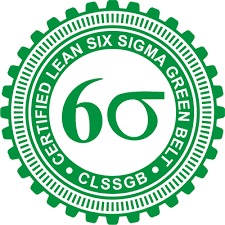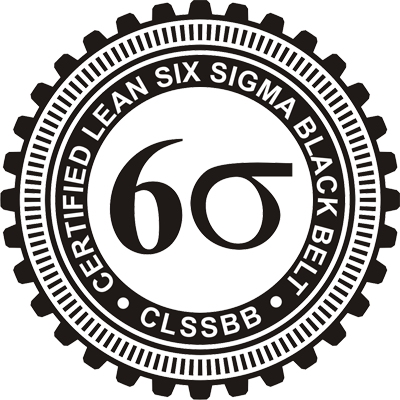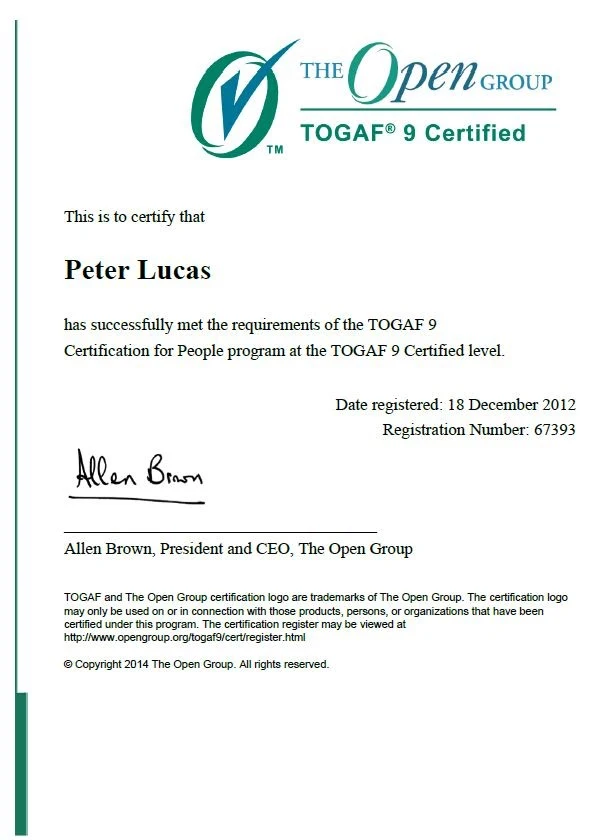TOGAF 9.2 Certification Course Overview
The TOGAF 9.2 Certification Training in Goa is a comprehensive 4-day program designed to align business strategies with IT objectives. Accredited by The Open Group, this course provides in-depth knowledge of the TOGAF framework through interactive methods like role plays, games, case studies, and simulations, ensuring participants are well-prepared for the certification exams.
TOGAF 9.2 Certification Course Features
- Globally Acclaimed Trainer
- Lifetime Certification Validity.
- 4 Days Live Virtual Workshop.
- Practical Knowledge with Case Studies, and Simulations.
- 32 SEUs.
- 100% Money Back Guarantee.
Skills Covered
- Enterprise Architecture.
- Business Strategy Alignment.
- IT Standards and Frameworks.
- TOGAF Framework.
- Architecture Development Method (ADM).
- Architecture Governance.
- Business Transformation.
- IT Strategy Implementation.
Request Callback
For Corporate Trainings





















































































